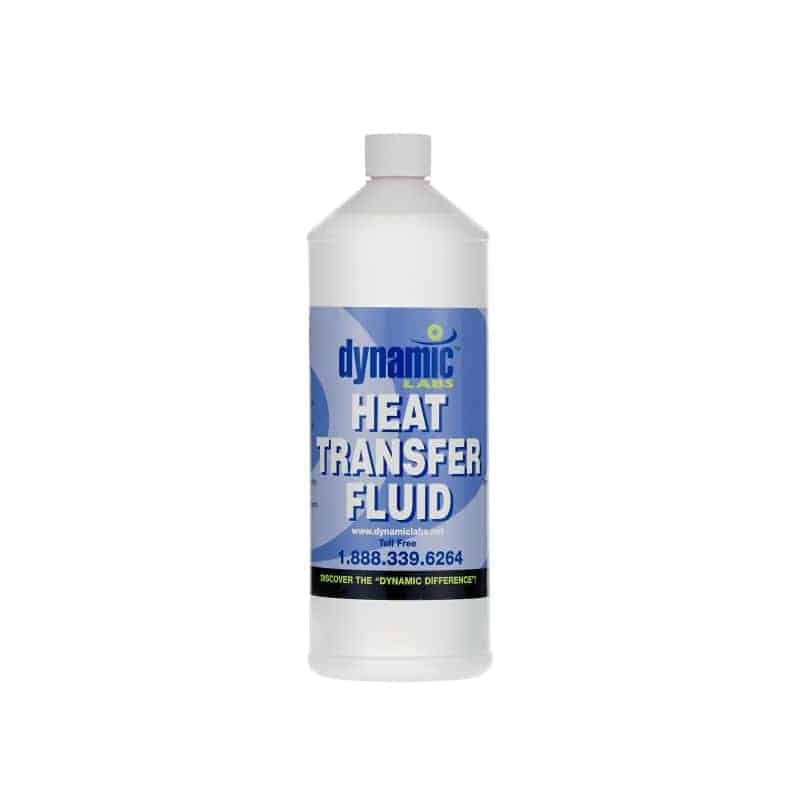Top Perks of Using Silicone Oil as a Heat Transfer Fluid in Sophisticated Machinery
Top Perks of Using Silicone Oil as a Heat Transfer Fluid in Sophisticated Machinery
Blog Article
Maximize Your System's Lifespan With the Right Heat Transfer Fluid
Choosing the suitable heat transfer fluid is crucial for maximizing system efficiency and long life. Comprehending the different kinds of warmth transfer fluids and the specific demands of your application can substantially affect the general health and wellness of your system.
Significance of Heat Transfer Fluids

In addition, warm transfer liquids add to the safety and security and dependability of thermal systems. Furthermore, the appropriate heat transfer liquid can offer security against rust and scaling, further expanding the lifespan of machinery and infrastructure.
Sorts Of Heat Transfer Fluids
Numerous sorts of warmth transfer liquids are frequently made use of in industrial applications, each customized to specific functional requirements and temperature ranges. The most prevalent categories include water, oils, and specialized artificial liquids.
Water is typically used due to its exceptional thermal conductivity and accessibility; however, its constraints emerge at high temperatures and possible cold conditions. For higher temperature level applications, thermal oils, such as mineral oils or natural compounds, are made use of. These oils supply exceptional thermal stability and can run successfully at elevated temperature levels, making them appropriate for processes like food handling and petrochemical production.
Artificial fluids, which can be either natural or inorganic, are designed to fulfill particular efficiency requirements. They often show enhanced residential or commercial properties such as reduced toxicity, vast temperature ranges, and resistance to oxidation. Examples consist of glycols and esters, which are ideal for specialized applications like solar thermal systems and warm exchangers.
In addition, cooling agents are used in cooling systems, leveraging their phase change properties to take in and release heat successfully. Each type of heat transfer fluid offers distinct advantages and is selected based on the details needs of the application, making certain optimal performance and system long life.
Factors to Think About When Picking
Picking the suitable warm transfer liquid entails careful consideration of a number of variables to ensure ideal efficiency and system performance. Among the primary elements is the temperature variety needed for the system. Fluids vary in their thermal stability and can lose or disintegrate efficiency outside specific temperature restrictions.
Another vital consideration is the fluid's viscosity, as it influences pump efficiency and power usage. A fluid that is too viscous might prevent find out this here flow and boost operational costs. In addition, the liquid's certain warm capability plays a vital role in establishing just how successfully it can transfer heat.
Chemical compatibility with system materials is additionally important to stop rust, degradation, or leakages - propylene glycol. Making sure that the selected fluid works with the building materials can lengthen the life expectancy of the system

Advantages of Proper Fluid Option
Correct selection of a warm transfer liquid returns significant advantages for system effectiveness and integrity. The right fluid improves thermal conductivity, making certain optimal heat transfer rates within the system. This effectiveness decreases energy consumption, causing reduced functional prices and a decreased environmental impact.
In addition, ideal fluid selection adds to system durability by protecting against corrosion and deterioration of elements. Liquids created with corrosion inhibitors secure steel surfaces, thus prolonging the life expectancy of pumps, pipes, and heat exchangers. Additionally, selecting a liquid with appropriate viscosity ensures effective circulation, which is essential for keeping consistent temperature level distribution throughout the system.
An additional crucial benefit is the liquid's thermal security. A stable warm transfer fluid can operate over a vast temperature level variety without breaking down or losing efficiency, which is essential for systems exposed to rising and fall thermal problems. Moreover, the best fluid can additionally alleviate dangers connected to cold or boiling, therefore stopping operational disruptions.
Maintenance Tips for Longevity
Making certain the durability of a heat transfer system calls for persistent maintenance practices that complement the advantages of proper liquid selection. Normal evaluations are important to recognize potential leakages, corrosion, or debris build-up that might endanger system effectiveness. Develop a routine timetable to assess pipe honesty, connections, and installations, as these areas are commonly susceptible to tear and wear.

Keeping track of liquid degrees and discover this high quality is just as crucial. Routinely inspect for indications of contamination, such as discoloration or particulate issue, which can show destruction of the warmth transfer liquid. Applying routine liquid evaluation can provide insights into its chemical residential properties, permitting prompt replacements when required.
Furthermore, preserving ideal operating temperatures is important. Motivate using temperature level controls and sensing units to stay clear of getting too hot, which can accelerate fluid deterioration and damage system elements.
Finally, always stick to the producer's guidelines relating to liquid substitute periods and upkeep protocols. By committing to these best techniques, you can dramatically improve the operational life expectancy of your heat transfer system, guaranteeing reputable performance and decreasing the need for costly fixings or early substitutes.
Final Thought
In conclusion, the selection of a proper heat additional info transfer fluid is critical for enhancing system effectiveness and long life. By understanding the different kinds of liquids and considering essential variables such as thermal conductivity and deterioration resistance, ideal efficiency can be attained.
Heat transfer fluids play a crucial role in different commercial and business applications by promoting the efficient transfer of heat between surfaces.Additionally, warmth transfer liquids add to the safety and integrity of thermal systems. Furthermore, the liquid's certain warmth ability plays a vital role in determining how efficiently it can transfer heat.
The best fluid enhances thermal conductivity, guaranteeing ideal warm transfer rates within the system. A steady warm transfer fluid can operate over a broad temperature variety without breaking down or shedding performance, which is crucial for systems revealed to varying thermal conditions.
Report this page